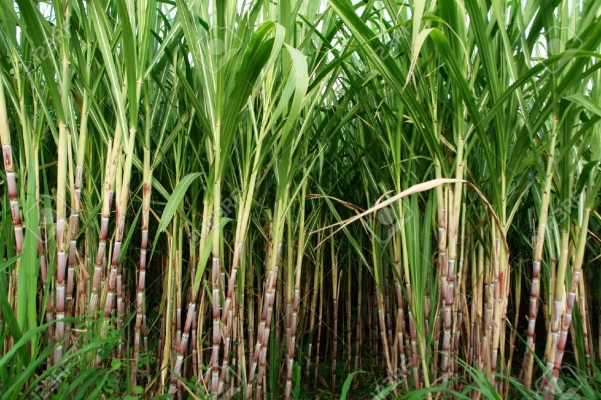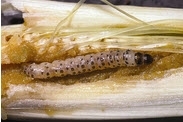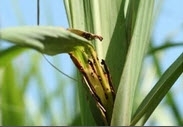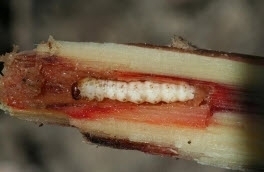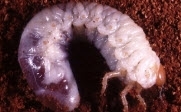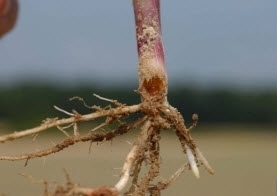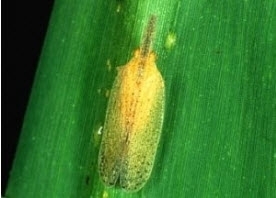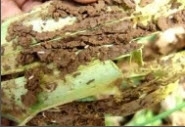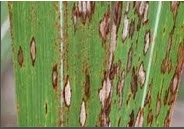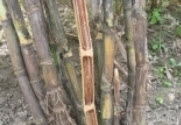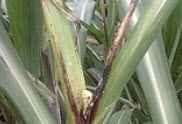General Information
Sugarcane, Saccharum officinarum L. is a perennial grass. It belongs to bamboo family and it is indigenous to India. It is the main source of sugar, gur and khandsari. About two-thirds of the total sugarcane produced in India is consumed for making gur and khandsari and only one third of it goes to sugar factories. It also provides raw material for manufacturing alcohol. Brazil is largest producer of sugarcane followed by India, China, Thailand, Pakistan and Mexico. In India, Maharashtra is largest producer of sugarcane and it contributes about 34% of sugar in country followed by Uttar Pradesh. In Haryana, sugarcane is major kharif crop. Around 1.50 lakh area is under sugarcane cultivation. Kurukeshetra, Fatehabad, Yamunanagar, Kaithal, Sonipat, Jind, Hisar, Rohtak are major sugarcane growing districts of Haryana.

